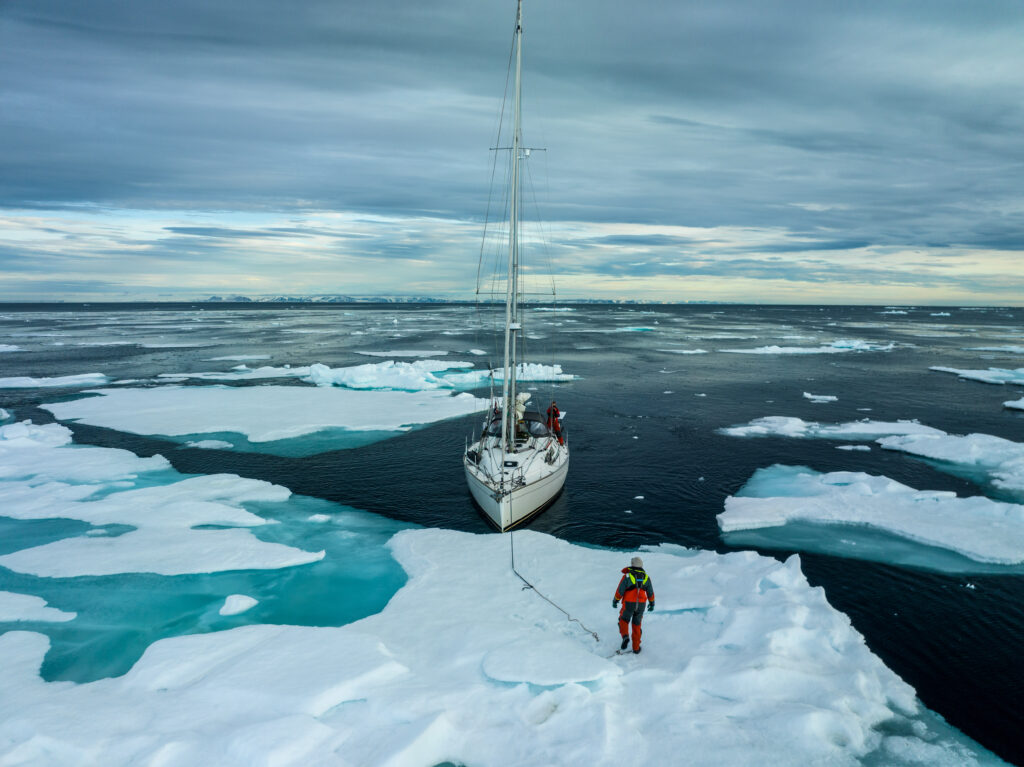
In what has been an experience that I’m still processing, continually learning from and appreciating long after the fact. I thought of now as the best time to share a telling of our Artic Sense 2023 expedition from my perspective.
Almost exactly 6 months ago, our Barba team embarked on the Arctic Sense 2023 expedition, which constituted a sailing journey that started in Stavanger all the way to Svalbard and back. Unlike most of the Barba Arctic Sense team members, my journey and my experience of the Norwegian coast, Svalbard and the high Arctic was largely different. Three main things contributed to this, one being that my journey really started in South Africa & Zimbabwe, two, I had never experienced anything like the Norwegian coast and let alone Svalbard and three, I was experiencing everything for the first time. I fondly recall saying to Andreas during the expedition that “I wish you could see this through my eyes for the first time again”, while looking at the vast icy landscape of Svalbard upon our arrival there.

The Arctic Sense 2023 expedition for what is to this point been one of the most exhilarating, meaningful and impactful experiences I’ve had. This experience was also not only self enriching but beyond that our mission and goals of storytelling, conservation and education were something I had yet to significantly have contributed to in my life.
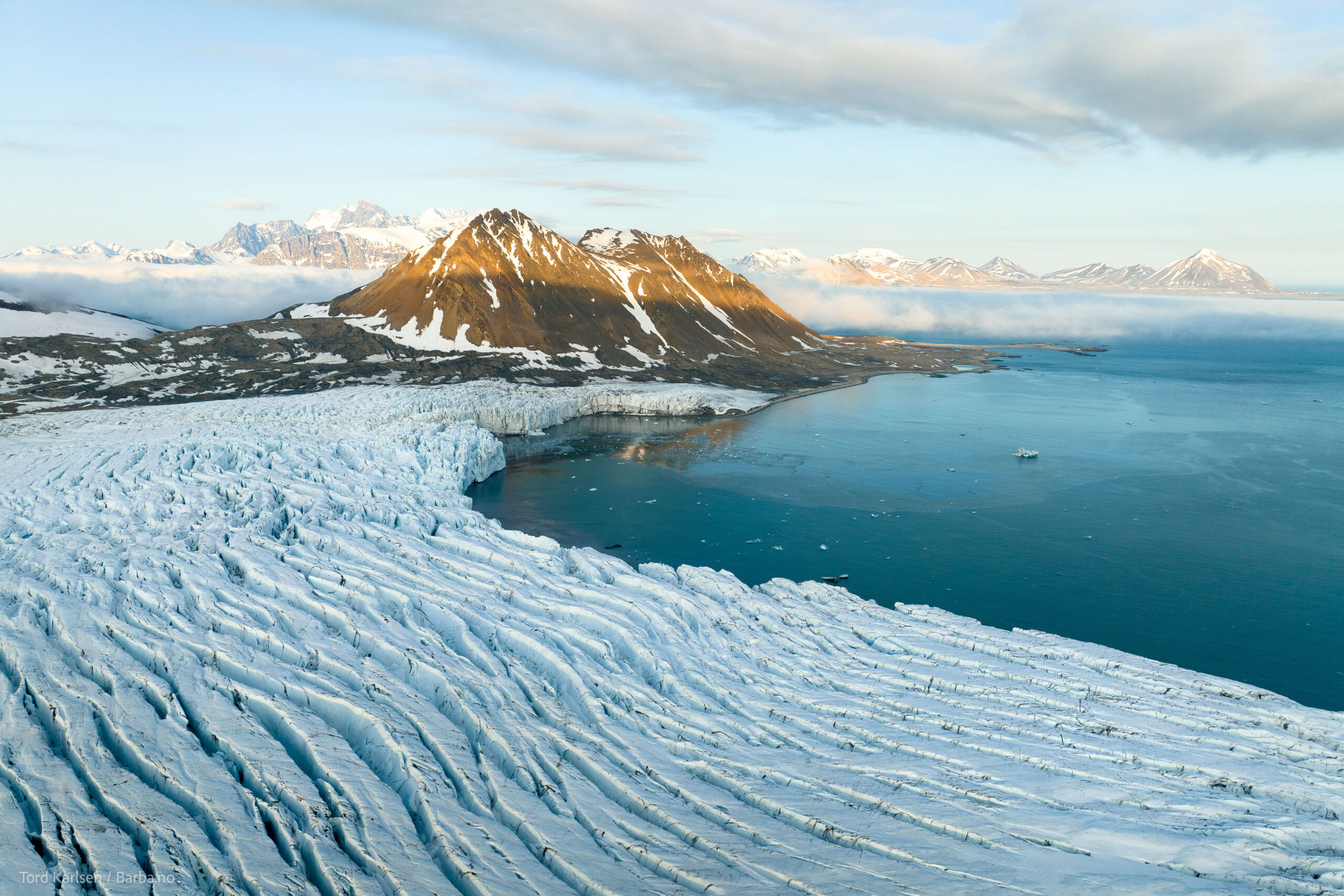
The beginning – South Africa, Zimbabwe & Stavanger
My journey really started in Zimbabwe where I spent the better part of three weeks preparing for my trip to Stavanger, Norway where our expedition would begin. The most difficult part of preparing to leave for an environment I had never been to was not knowing what to expect and preparing for the cold climate which was on the opposite side of the subtropical & arid climate I am used to. In addition to this I had never sailed in the Northern hemisphere before so the excitement and curiosity were certainly there. After my time in Zimbabwe I returned to South Africa, where I am based and continued with my preparations. The magnitude of what I was about to embark on crept in as I got closer and closer to my departure date. My constant communication with Andreas during this time was extremely helpful in my preparations.
Norway & The Norwegian Coast
I arrived in Norway to a very warm Stavanger. I had arrived roughly a week before our departure date for the first Leg of the expedition. The plan was to assist with the boat preparations for the expedition which involved boat work, some sailing and some administration. During this week I got to experience life as a full time Barbarian and got to fully understand the magnitude of what we were about to do and the amount of work that goes into preparing for such an expedition.
During my time in Stavanger I had the opportunity to give a talk to 500 school students in the US and Canada about the upcoming expedition. Doing this before I had actually sailed in the expedition gave me a deeper appreciation of what we were what Barba is truly about and the impact it can have on future and current generations. The crux of this talk was, in the simplest way, to share a piece of our journey and share the beauty of what we were about to see and experience. The goal of this is to spark an interest and appreciation not only for the Arctic environment and the ecosystem but for our natural planet as a whole so that we have future generations that care and take action to protect and appreciate what we have. The talk was done through Exploring by the Seat of Your Pants, and I would like to thank them for the opportunity to share the journey with the rest of the world.
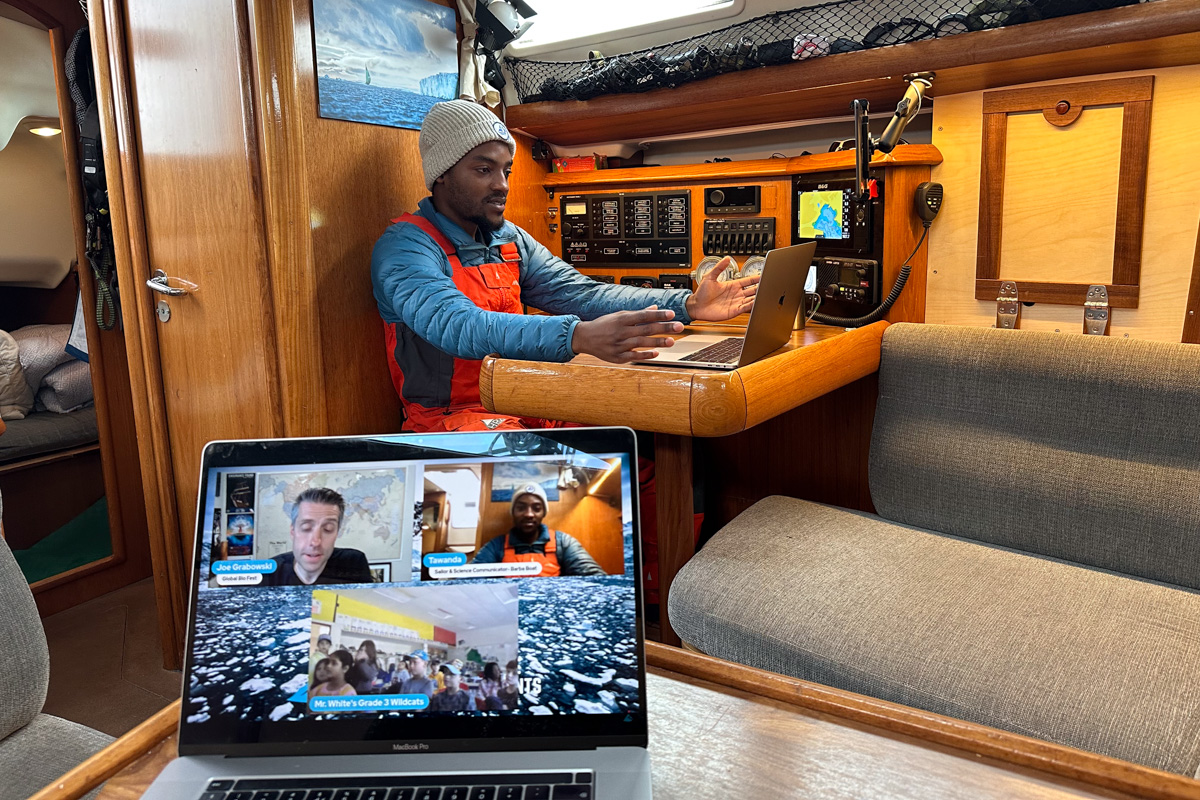
After a week of working hard, the day of our departure had finally come. Feeling both excited and slightly nervous, the start of our expedition had come.
We wrote a blog post about our Leg 1 experience, Leg 1: The Norwegian Coast, which gives a more detailed account of our journey along the coast. I won’t write about the details of this Leg so I can focus on the portion of the expedition many of you haven’t heard much from us about.
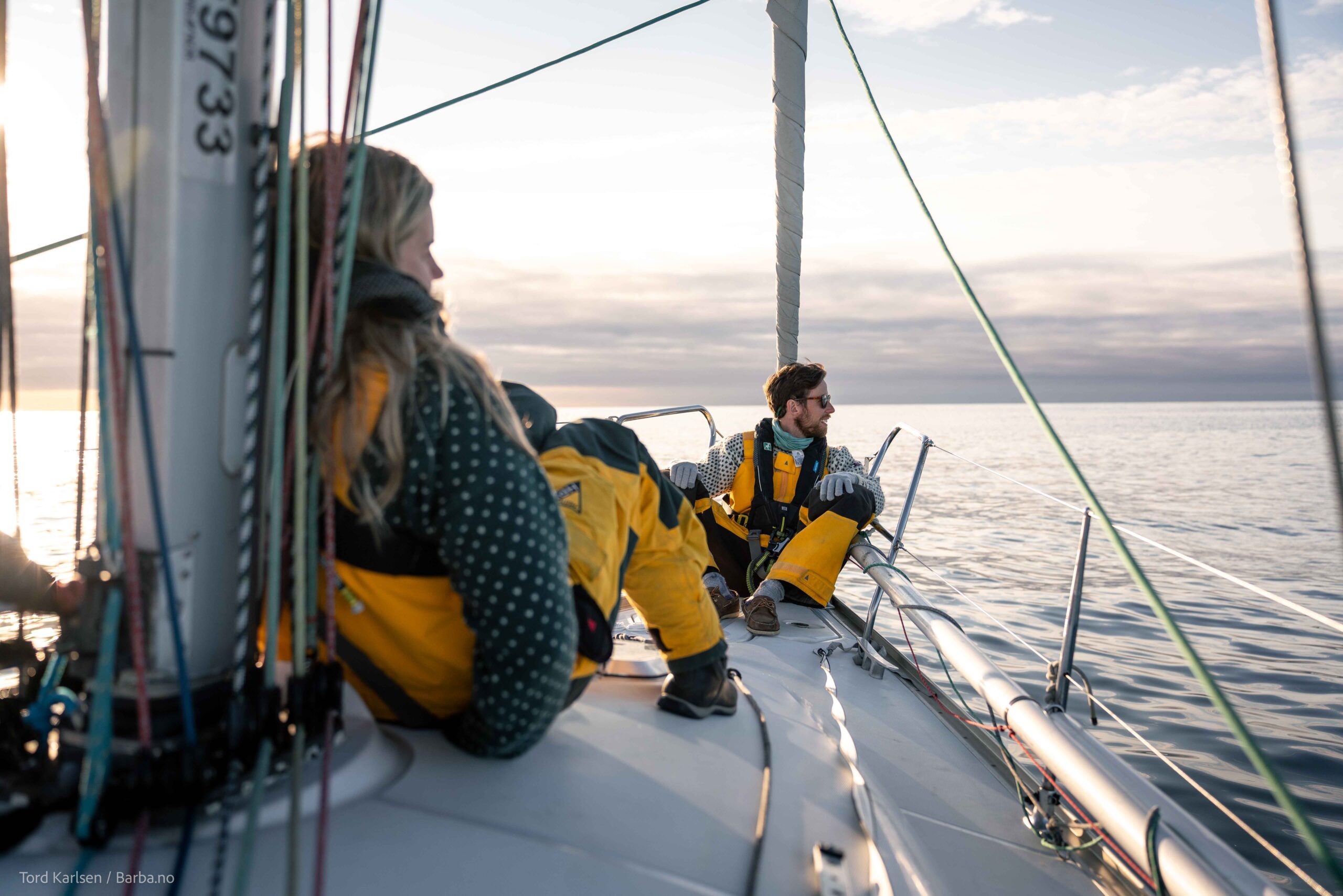
Svalbard
Upon arriving to Svalbard we spent our first night at anchor taking in the satisfaction of having successfully crossed the Norwegian sea all while taking in the snowy and icy landscape. On board at this time was the same crew from the crossing leg, Andreas, Tord, Amalie, Eivind and myself. Reflecting on all it had taken for us to get here and thinking about how much we still had ahead of us, this marked the point where the real work was about to begin. We woke up the next morning and set sail for Akseløya, a long, narrow island about 8.5 km long and 1 km wide. This was going to be our first real interaction with Svalbard and what it has to offer. The Barba team had previously been there in 2021 and spotted polar bears during their time at Akseløya. Having heard the story of their encounter back in 2021 I was expecting to have a similar encounter. Of course, nature gives you what it gives you and I wasn’t disappointed. Instead, while we were anchored at Akseloya Andreas spotted an off white patch briefly visible on the distant water line, without confirmation the excitement of what it could be gripped the crew and we immediately got to work. We quickly lifted our anchor and got moving, the work being capturing footage of this massive pod of beluga whales in their natural habitat and observing their natural behaviour. We spent the better part of 4 hours filming what we could and appreciating the sighting. Our time at Akseløya though brief was productive. What more did we have in store for us for the remaining 2 months?

As we drew near to Longyearbyen after the time spent at Akseløya It was now time to conclude this part of the journey which we called the crossing leg and prepare for the ROV chapter where Eivind and Amalie had reached the end of their time on board. We arrived in Longyearbyen, weary from our time at sea and away from much external human interaction.
Our time in Longyearbyen was to be spent over the course of a week where we would be preparing for the next portion of the expedition. Safely moored in Longyearbyen we also took a day to experience the little town. There was no rush to experience more of the town as we would return after each of the coming legs to resupply and change crew members. Over the course of the week the team for the ROV chapter arrived one after the other Antoine, Fabrice and Adelina. On the day of Antoine’s arrival he came with him with cases upon cases protecting specialised equipment and the ROV. With all the packing, unpacking and preparations happening most of my interest was on the ROV and how we were going to utilise it for our expedition deliverables. For all it was worth I was slightly anxious having such valuable equipment on board but Antoine’s openness quickly made me and much of the new crew feel comfortable. We all sat down and introduced ourselves more formally, I knew that this was going to be an intense, focused, enjoyable and productive three weeks out in the field. One of the best parts of sailing is having a great crew to experience the journey with and upon meeting Antoine and Fabrice this was sure to be exactly that.
THE ROV CHAPTER

Packed and ready it was time to depart Longyearbyen, for the next 3 weeks we were going out in the field with clear objectives and some exciting tools to use to accomplish these with. Our first goal was to reach the Northern parts of Svalbard where we were sure to encounter more wildlife and of course the pack ice. We began transiting north while making stops in areas of interest or when we were testing the ROV equipment. As we sailed closer to the northern tip of Svalbard, we encountered a great many polar bears. I fondly recall my first time seeing a polar bear, and I will share here that brief but monumental moment. Before I share the encounter, one has to put themselves in my shoes. For starters, what is one animal that in most of your life you think you will never see live; an animal that stays in some of the harshest and most remote areas on Earth and then imagine what it would be like to actually see one? That for me was the feeling I was about to experience.
Late one afternoon, where the days were moving fast and there was no shortage of awe and amazement on each day. Andreas, always on the lookout with binoculars, spotted a young polar bear in the distance, walking along the shoreline while we sailed on. We had previously had some false sightings but given our distance from the shoreline that was understandable. A few seconds later Andreas a lot more enthusiastically pointed to the polar with conviction. I still couldn’t see it even through the binoculars, we were quite far and it was relatively tough to spot. Finally, not long after I looked at it again with supreme focus and there it was, a polar bear moving quickly along the rocky shoreline. It’s an unbelievable feeling that is difficult to describe. “I wish you could experience this through my eyes for the first time” I said. In this moment, although we had experienced so much already, the feeling of our purpose became undoubtedly clear. We have to protect this and we have to allow the future generations the opportunity to experience what I was experiencing.
We followed the bear from a distance curious to observe and document its behaviour for close to 15 minutes. And then I heard Andreas say there’s another bear. I couldn’t believe it, we were encountering two bears interacting with each other, albeit hostilely but all within their natural behaviours. A full display of an encounter that one would only see on a documentary was right in front of us, playing out as it does on TV but now fully in our view with only us present to observe it. The second bear was an older male which had begun to chase the young male bear we had initially been watching, again this was completely the natural behaviour of these creatures. Polar bears are often hostile toward other male cubs, especially ones from another male. We were incredibly lucky to have the opportunity to witness this. While many in the world won’t have this exact same opportunity, as is our mission we are still able to have these encounters and document and capture them to share with the rest of the world. In addition to this, knowing that these animals are living as they should be is more than enough evidence that what is given by nature should be cherished, protected and uninterrupted. All we can do is observe from a distance and do our best to help protect what we can.
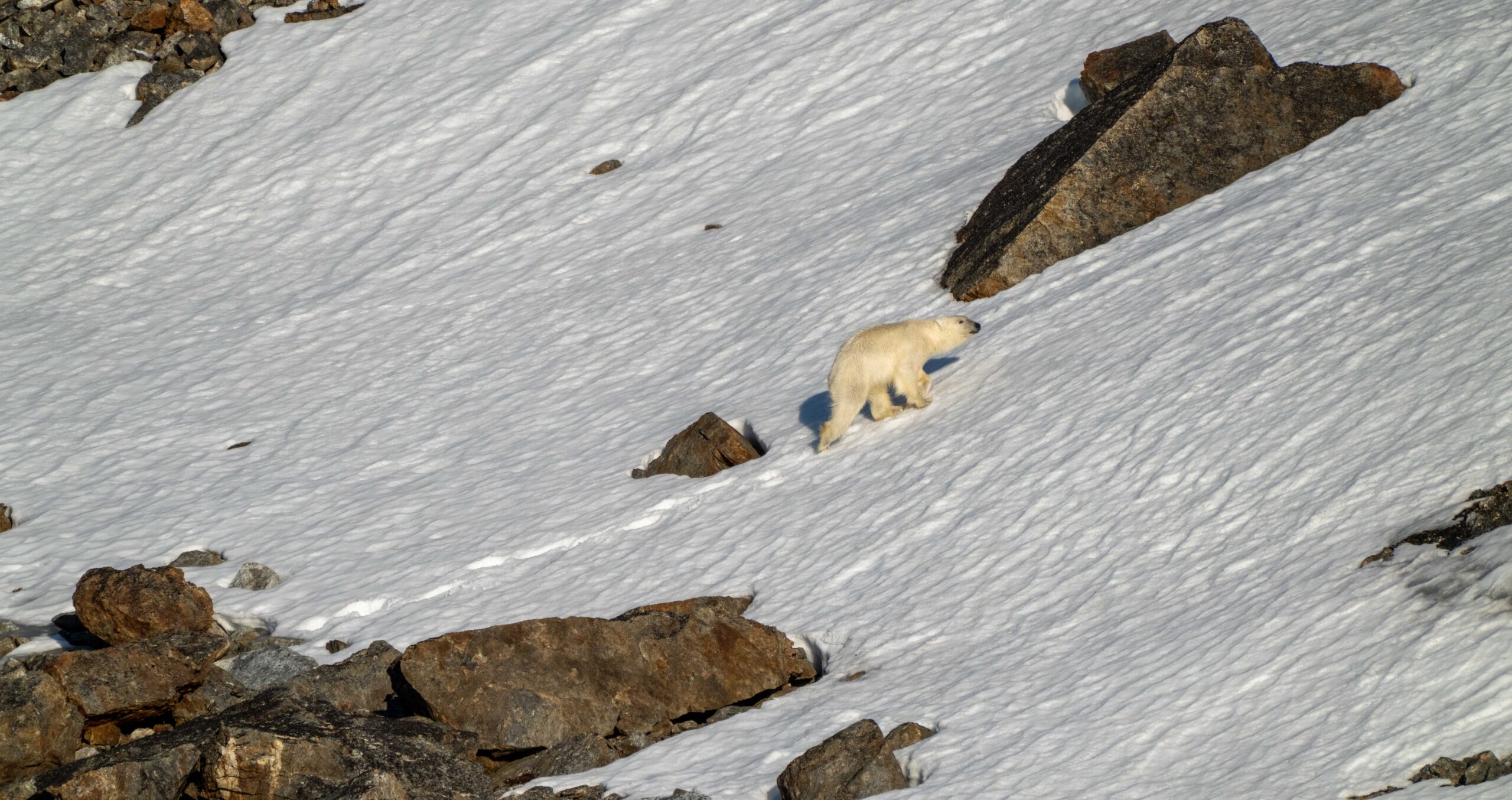
My experience with the ROV (named Leonard) was incredible, as someone who is interested in the latest technology and the development of technology in our everyday lives, I had never come across such an advanced tool that can be used in such extreme conditions. I’m sure you know about the ROV from previous blog posts and content we’ve shared so I will focus on my experience using the tool. Antoine, the owner and operator of the ROV, a fantastic person, dedicated, passionate and extremely technically gifted was kind enough to treat us like his professional team of ROV operators. Antoine let us get fully involved in the operating and deploying of the ROV, though most of the team had worked with it before a couple of us were completely new to it. This takes us to some days after we had encountered the first of many polar bears.
Our first test of the ROV was in a fjord north of Svalbard close to the mouth of a glacier. It was time to put Leonard to work. We found an underwater cliff that allowed us to deploy the ROV deep underwater while remaining sheltered from the wind by staying close to the mountains of the fjord. The session was successful in all respects, an easy way to measure this is getting the ROV in for a dive and out with no damages, in the simplest of ways, but for us success meant a lot more, primarily including seeing new and interesting things in the depths of the Arctic waters and being able to use our content for our storytelling and outreach.

I had by this time been the furthest north I had ever been, I mean quite frankly each day we sailed past 78°North was much further north than I could ever imagine. The sea ice visibly present as we continued to sail in the north direction coupled with a significant drop in the daily temperatures told us we were approaching the pack ice. After days and days of looking at ice maps for the region it was finally time to see what the pack ice held for us in reality.
We were now far north with Spitsbergen (the largest island constituting the archipelago of Svalbard) behind us and nothing but the sea and ice in front of us. We spent that night at anchor in a bay of an island sheltered away from the ever shifting sea ice. At dawn it was the day to venture out to the ice edge and give all we had. Due to the regular shifting of the ice we always have a small window in which we can spend our time in the pack ice. Having not yet sailed in this much ice we had to be on high alert and extra cautious. We left anchor to find a blanket of ice covering the path we had sailed through with ease the previous day. This was a testament to how fast the ice can change and how weary and cautious we had to be this far north. In addition to the ice, the navigational challenges of sailing in uncharted waters, and I say this literally. This far north we didn’t have reliable charts (maps). Not because of unpreparedness but this far north there is very little mapping of the area that has been done.
Over the next few days our mission to capture footage from the pack ice was in full focus. Our primary objective was to use the ROV and capture what lies beneath the ice. We would have many encounters over the next few days capturing what we could. Most memorable of all during this time was a day we spent capturing some underwater footage of a huddle of walruses which were abundant on the pack ice. We got to see what these creatures did and how they behaved when in the water, from a perspective that many don’t have the privilege of seeing. The ROV gave us this prime opportunity to immerse ourselves in their underwater world while staying far from them and not infringing on their territory.

Another highlight during the days spent at the pack ice was a day where we got some much needed R&R (rest and recuperation). Well in as far as R&R went while you’re in the pack ice. We wanted to spend the day exploring the ice and doing a few dives to film what we could. There’s nothing that quite matches the sheer thrill, excitement and fearfulness of walking on a large piece of floating sea ice, with no mass of land supporting your weight.
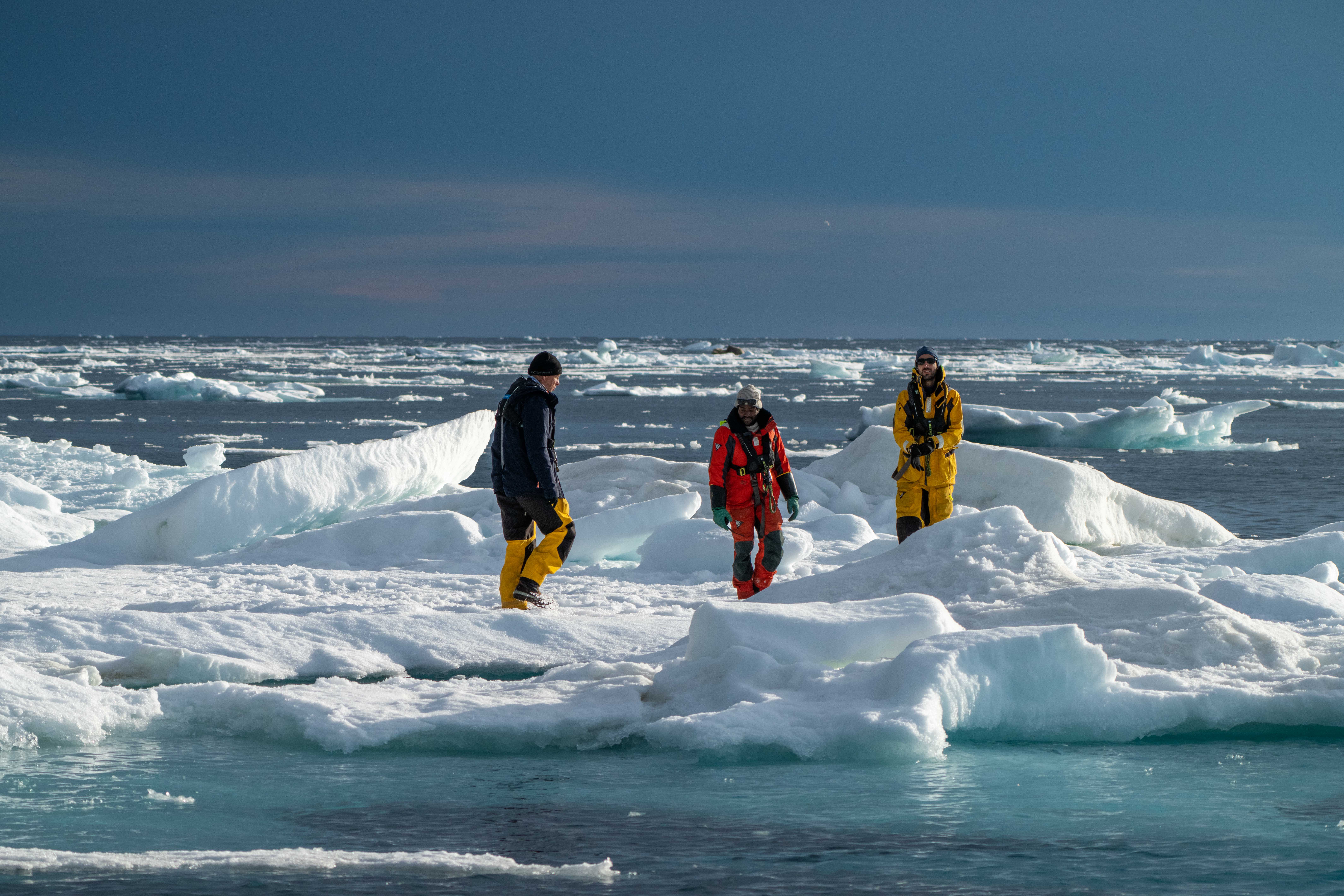
We spent the remainder of the ROV leg searching for the elusive Greenland Shark while making our way back to Longyearbyen. Although we were unsuccessful in finding one, the process we went through to learn as much as possible about these creatures was its own reward. This drove home one of the important points about what we need to understand about nature and wildlife. It has its own path and does not reveal itself for us as and when we want it. Each encounter, interaction and sighting is truly a gift and something to wholly appreciate.
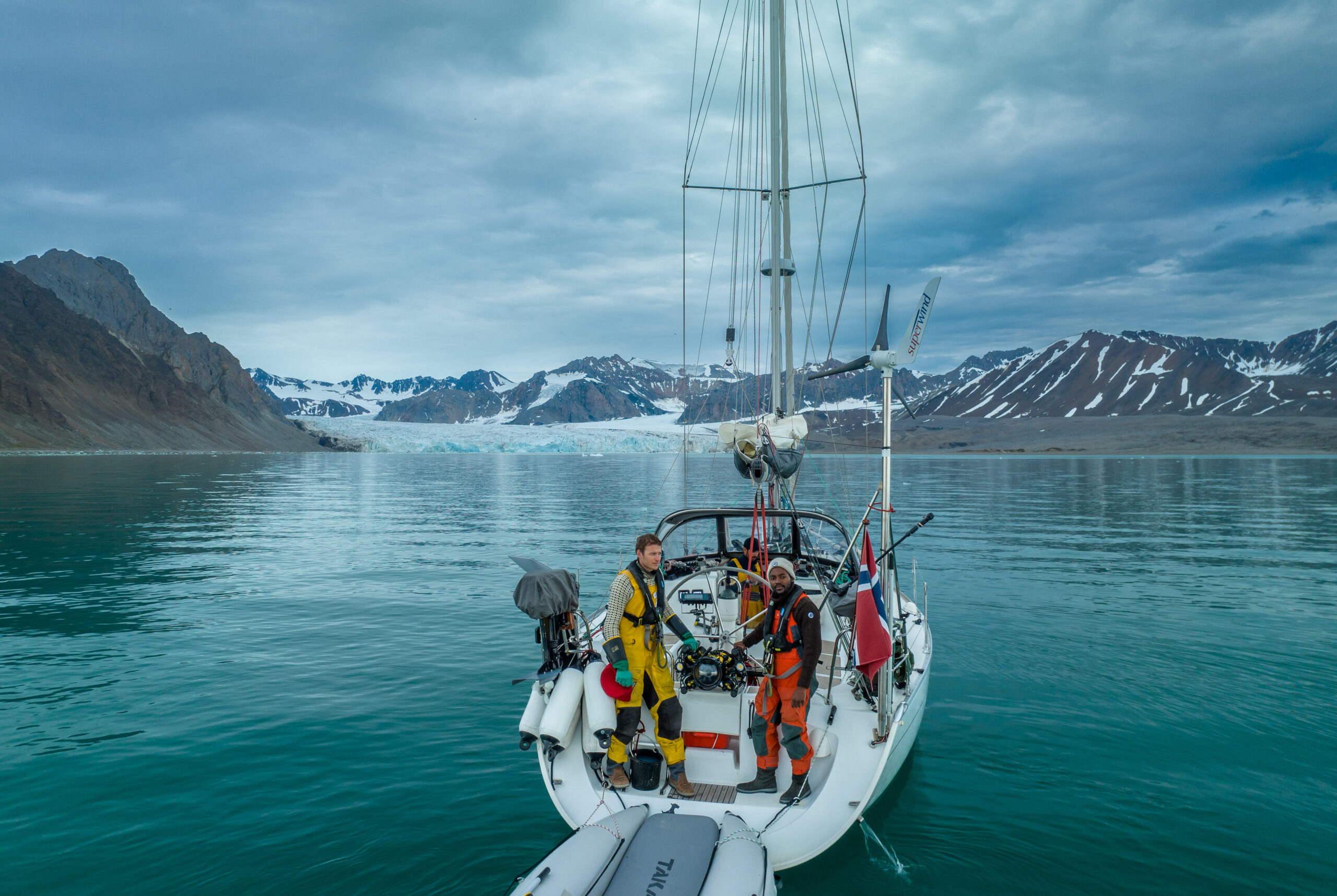
I will continue my story, the rest of my experience during my time on board in the next blog post, Part II of my journey.
